
Polygon Transactions: Fees, Speed, Limits
If you're interested in cryptocurrency, you definitely pay attention to coin parameters related to transactions. However, it’s easy to get lost in the flood of information along the way. Today, we’ll dive into the smallest details of Polygon transactions and how they differ from others. So, let’s get started!
Basics of Polygon Transactions
Polygon or MATIC is a layer 2 scaling solution for Ethereum. This currency allows users to interact with hundreds of dApps participating in the ecosystem. It ensures faster and cheaper transactions thanks to its high throughput. The coin’s developers are three talented men—Jayant Kanani, Sandeep Nailwal, and Anurag Arjun—who launched MATIC in 2019.
Polygon transactions are operations to transfer MATIC tokens and interact with decentralized applications. Transactions in this network follow the usual process for most blockchains: the user sends MATIC tokens, and their transaction first enters the main network, where validators process it. Validators are nodes that verify operations and include them in blocks.
Each Polygon transaction includes a "gas fee", which varies based on network congestion. Users pay this amount to validators for their work. The confirmation process involves several steps: initiating the transaction, handling it, and validators’ approval. The higher the fee, the faster you can get your operation confirmed. Sometimes, network load balancing issues can arise, which may cause delays in processing. As you can imagine, this point becomes relevant during periods of increased network activity.
The number of Polygon transactions per day depends on efficient bundling. ZK (Zero-Knowledge) rollups help process operations in the main chain while generating validity proofs. “Zero-Knowledge Proofs” is a cryptographic method that allows one party to prove to another that they own certain information without revealing the actual data. Then, the system sends this evidence to the main blockchain. Validity proofs act as proxies for the bundle, reducing the amount of data in the main chain. As a result, off-chain transaction bundling allows Polygon to significantly reduce both the time and gas fees required for block validation.
Fees
One of Polygon's main advantages is its low transaction costs. On average, they amount to just a few cents. This is significantly cheaper compared to the main Ethereum network, where commissions sometimes reach tens of dollars.
How does the transaction fee on Polygon differ from Ethereum? Polygon helps reduce gas costs by using side chains to process them. Side chains allow the Polygon to handle nearly 65,000 transactions per second (TPS). Polygon ensures that operation fees remain quite minimal, amounting to mere pennies, compared to the average transaction fee on Ethereum, which is nearly $15 per unit.
Several factors can cause transaction fees to change:
- Network congestion;
- Selected gas parameters;
- Size and type of a transaction.
However, Polygon has a limited capacity for processing transactions. To ensure fair access to this limited space, Polygon adopts a market-driven approach. While Matic is known for its low costs in this regard, keep in mind that fees may temporarily increase during periods of heightened activity. This happens because users start competing to have their transactions included in blocks, and those willing to pay more receive priority.
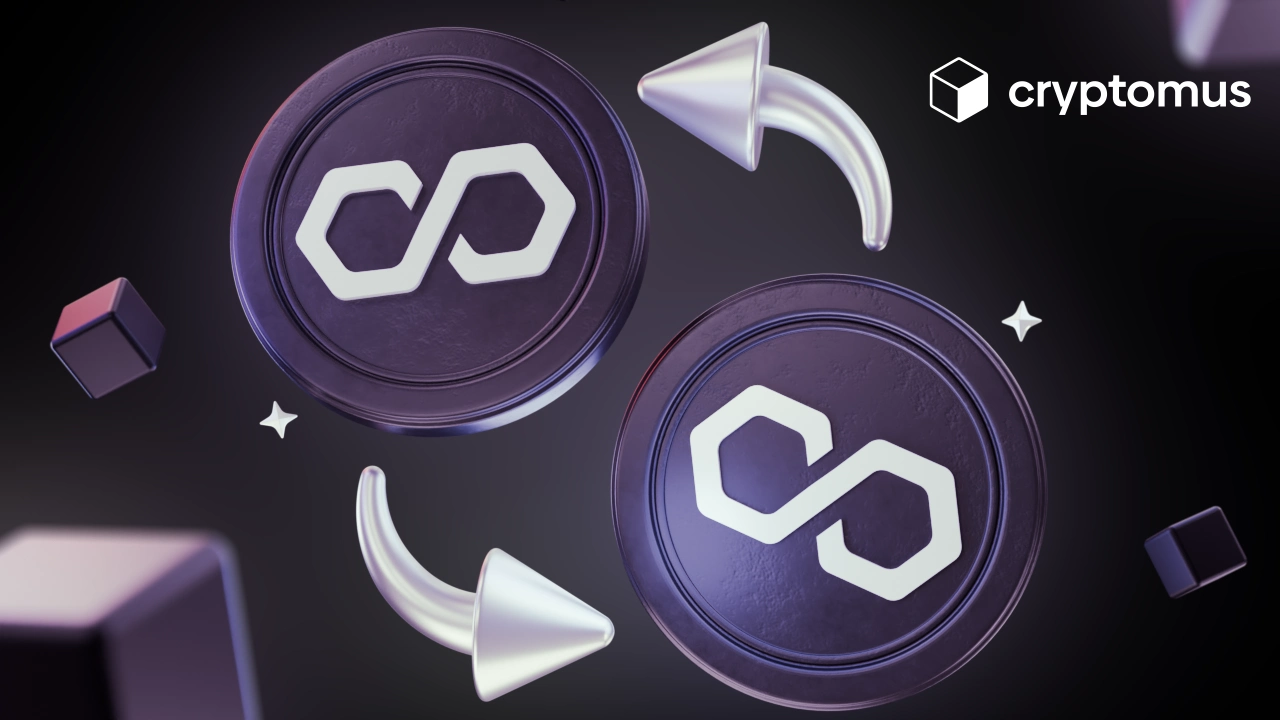
How Long Does It Take For Polygon To Transfer?
You have certainly heard about scalability, as it is one of the most essential points in the crypto world. The focus on increasing transaction speeds in Polygon has shown how scalable blockchain networks can revolutionize the future. Therefore, the second key advantage of Polygon is transaction speed.
On average, the confirmation time ranges from 2 to 5 seconds. This is possible due to the high throughput of Matic, which processes up to 65,000 transactions per second (TPS). Polygon was designed as a layer 2 scaling solution and includes protocols aimed at addressing scalability issues in Ethereum. Its effectiveness in enhancing scalability has allowed more than 7,000 decentralized applications to utilize the Polygon blockchain network.
However, this time can vary depending on network congestion and the fee you set. The higher the fee, the faster validators will process the transaction.
How To Check MATIC Transactions?
Checking the status of a transaction in the Polygon network is a simple process that you can perform using the Cryptomus blockchain explorer. To do this, follow these steps:
- Copy the transaction hash (you can find it in your wallet's transaction history);
- Go to the Cryptomus explorer page;
- Paste the hash into the search bar and press Enter;
- The screen will display all the information, including the status, number of confirmations by validators, and other details.
This method allows you to track the transaction process, from sending it to completing the processing.
Why Is Your Polygon Transaction Pending?
If the status of your transaction remains "pending" longer than usual, consider a few factors:
-
Network congestion. Despite its high throughput, Polygon may experience delays during peak times when many users are active on the network.
-
Low gas fee. If you set the fee too low, your transaction may get delayed until validators process higher-priority options with larger fees. It often occurs at the moments when gas fees can be costly. If a quick transfer is not a priority for you, your transaction will likely still process in most cases. However, if you need to confirm your transaction quickly, you might need to take some action. There is also a slight chance that your transaction could remain in limbo indefinitely. In this case, you will need to resend the transaction.
-
Technical glitches or data errors. Sometimes transactions can "hang" due to an error in the smart contract or incorrectly entered data you provided when sending.
Thus, today we thoroughly explained transactions related to the well-known MATIC. You can always buy or trade this cryptocurrency on the Cryptomus P2P exchange. With its user-friendly interface and a wide range of ads, even a beginner can utilize all the potential of its features.
Have you had any experience conducting transactions with Polygon? Were you satisfied? Share your thoughts in the comments.
Rate the article
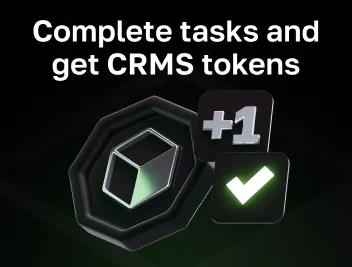

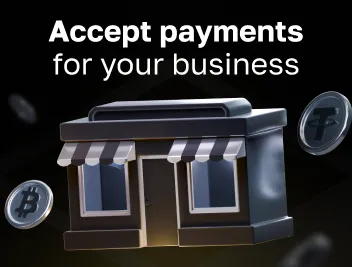
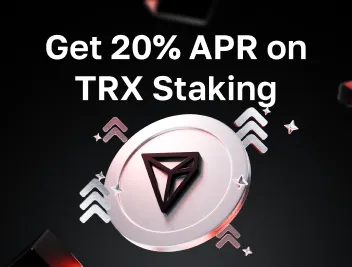

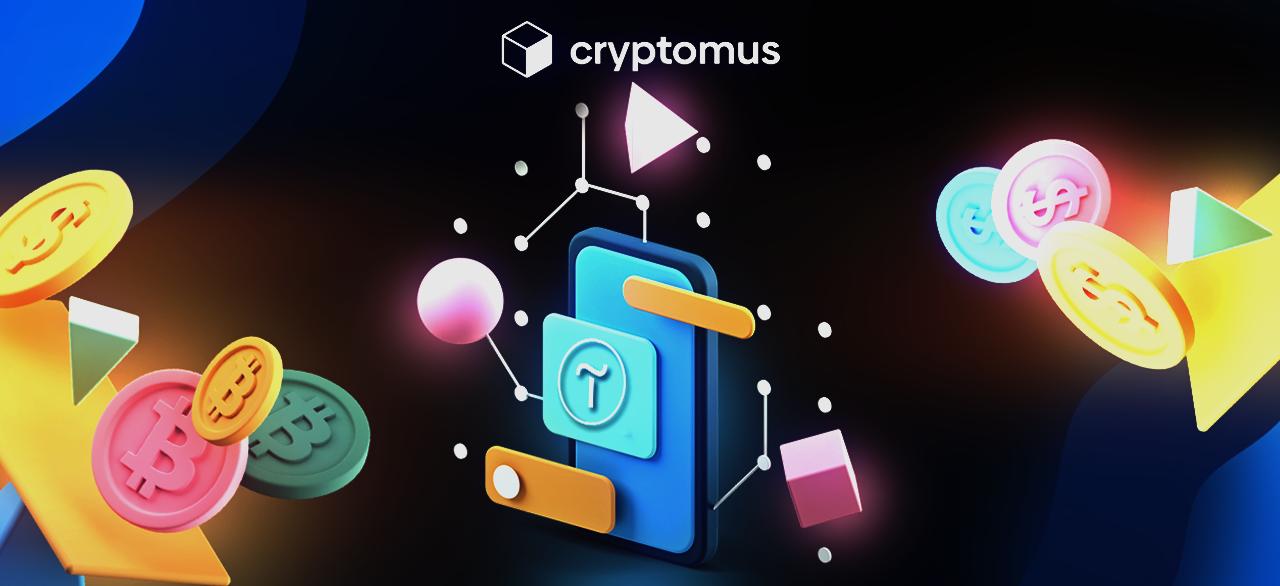


comments
0
You must be logged in to post a comment